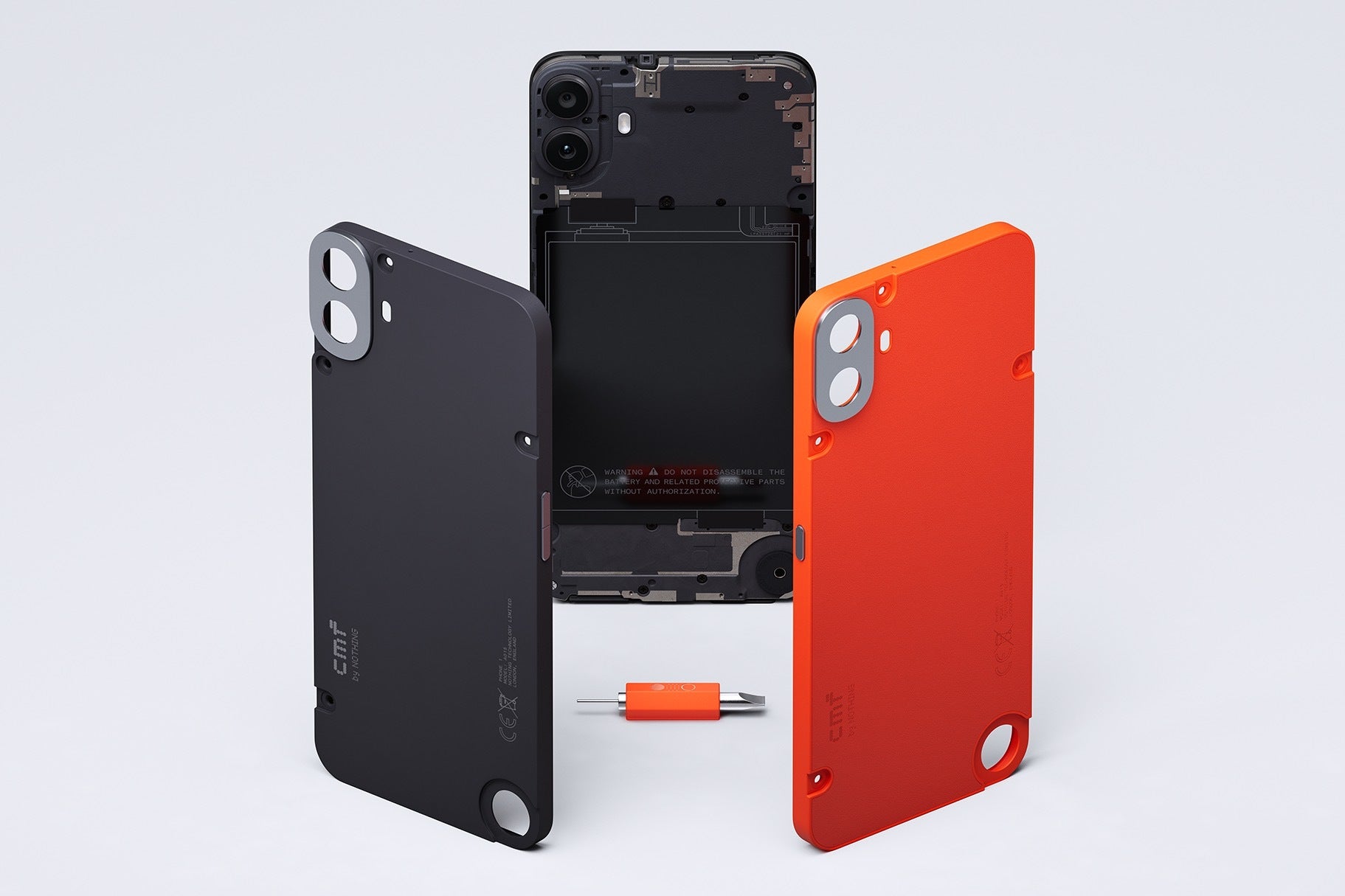Nothing Unveils Budget-Friendly CMF Phone (1) with Customizable Design
Nothing, the tech company known for its innovative designs, has launched the CMF Phone (1), a budget-friendly smartphone that combines unique aesthetics with user customization. Starting at just $199, this device aims to shake up the mid-range market with its distinctive features and modular approach.
Key Specifications:
- 6.67-inch Super AMOLED display (120Hz, HDR10+, 2000 nits peak brightness)
- MediaTek Dimensity 7300 5G processor
- Up to 16GB RAM with RAM Booster
- 128GB or 256GB storage options
- 5,000mAh battery with claimed two-day life
- 50MP rear camera with Sony sensor and Ultra XDR
- 16MP front-facing camera
- IP52 water and dust resistance
Unique Design and Customization
The CMF Phone (1)'s standout feature is its modular design, allowing users to personalize their device:
- Removable back panel secured by four screws
- Optional detachable clip ($25) that doubles as a carabiner and kickstand
- Available in black, orange, and light green
3D Printing Support
In an unprecedented move, Nothing has released detailed documentation and 3D files for the phone's dimensions, encouraging users to create their own accessories and back covers. This open approach has already sparked creativity within the Nothing community, with users designing custom back plates and even adding wireless charging capabilities.
Availability and Pricing
The CMF Phone (1) is currently available through Nothing's US Beta Program at $199. Different configurations are offered in India and Europe at varying price points. Additional accessories include cases ($35), a lanyard ($25), and a card case ($25).
Our Take
The CMF Phone (1) represents an interesting approach to smartphone design, blending affordability with customization. While it may not compete with flagship devices in pure performance, its unique features and community-driven design philosophy could appeal to tech enthusiasts and budget-conscious consumers alike. The success of this modular concept and its potential impact on the smartphone market remains to be seen.
